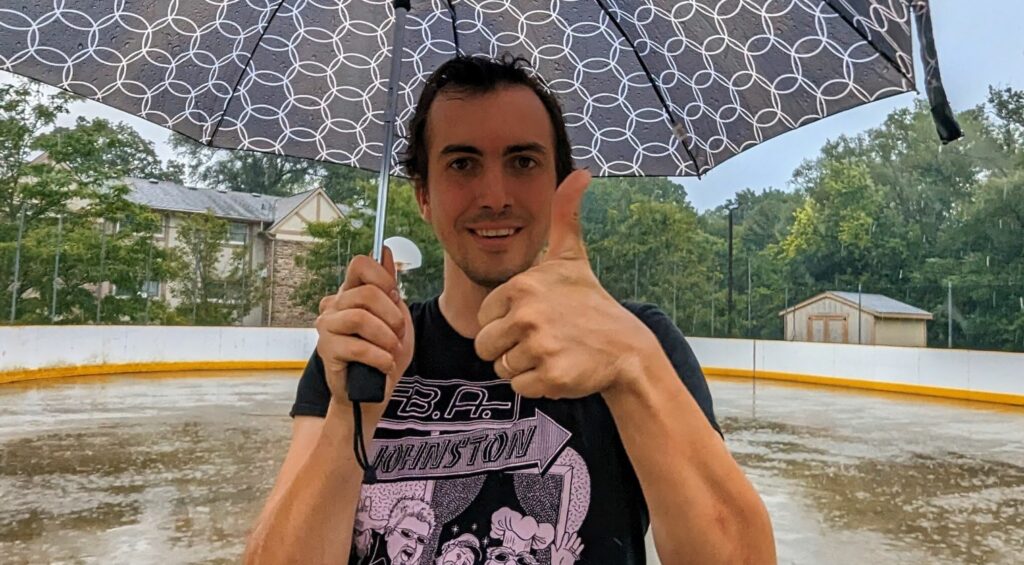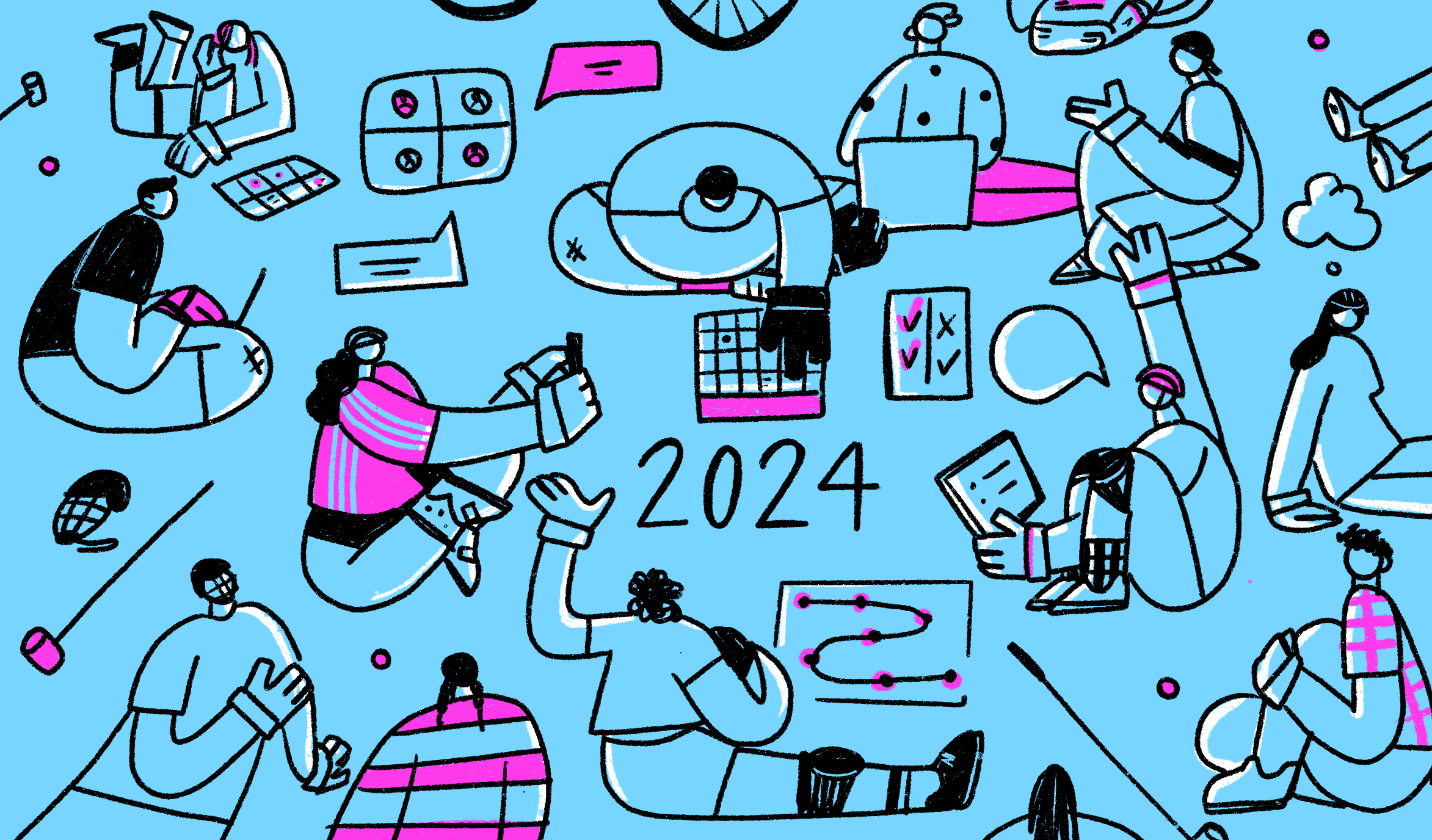Traducción al español a continuación ⬇️ Voir la version française ci-dessous ⬇️
Below you will find your regions allocations based on a one, two, or three court NAHBPC. Spots are awarded based on a minimum number assigned to each region and results from previous NAHBPCs. These allocations are subject to change should unforeseen circumstances arise which affect the total number of teams the NAHBPC can accommodate.
NAHBPC 2024 Regional allocations:
| 1 Court | 2 Courts | 3 Courts |
| Cascadia: 2
South West: 2 Mexico: 1 Great Lakes: 1 Great Plains: 1 South East: 1 Eastside: 1 Northside: 1 Heartland: 1 South Central: 1 |
Cascadia: 3 South West: 3 Mexico: 3 Great Lakes: 2 Great Plains: 2 South East: 2 Eastside: 2 Northside: 2 Heartland: 2 South Central: 2 Host Club: 1 |
Cascadia: 7 South West: 4 Mexico: 4 Great Lakes: 3 Great Plains: 3 South East: 3 Eastside: 3 Northside: 3 Heartland: 2 South Central: 2 Host Club: 1 |
In the event a team who qualifies cannot attend NAHBPC the spot will be awarded to the next best placing team from that qualifier. In the event that no team from that qualifier can fill the allocated spot, the spot will be awarded to the following regions in this order.
Next Spots:
1 Court: Mexico, Great Lakes, Great Plains.
2 Court: Great Lakes, Cascadia, Great Plains.
3 Court: Heartland, South Central, South West.
NAH will be following the qualifier series closely. We ask that after a qualifier both the tournament organizers and regional representative email results of the qualifier to gavin@nahardcourt.com.
Some concerns have been raised around regions artificially limiting the space in their qualifiers so that out of region teams cannot participate. This is against the spirit of competition and fair play. We ask that every qualifier open registration to as many teams as they can reasonably accommodate. Registration should begin with the 48 hour registration period for “in-region” teams followed by a registration window where out of region teams may register. Registration at a qualifier must be open to a minimum of 10 teams. Ten teams can be easily accommodated on a single court with or without lights over the course of a weekend.
For questions regarding the schedule, format or allocation, please contact Gavin directly at gavin@nahardcourt.com.
Asignación de cupos para el Torneo Norteamericano (NAHBPC) 2024
A continuación encontrarás las asignaciones porregión basadas en la cantidad de canchas que pueda cubrir la próxima sede del NAHBPC (1, 2 o 3 canchas). Los lugares se otorgan en función de un número mínimo asignado a cada región y los resultados previos de las mismas en los NAHBPC. Estas asignaciones están sujetas a cambios en caso de que surjan circunstancias imprevistas que afecten la cantidad total de equipos que la sede pueda albergar.
NAHBPC 2024 Asignaciones regionales:
| 1 Cancha | 2 Canchas | 3 Canchas |
| Cascadia: 2
South West: 2 Mexico: 1 Great Lakes: 1 Great Plains: 1 South East: 1 Eastside: 1 Northside: 1 Heartland: 1 South Central: 1 |
Cascadia: 3 South West: 3 Mexico: 3 Great Lakes: 2 Great Plains: 2 South East: 2 Eastside: 2 Northside: 2 Heartland: 2 South Central: 2 Host Club: 1 |
Cascadia: 7 South West: 4 Mexico: 4 Great Lakes: 3 Great Plains: 3 South East: 3 Eastside: 3 Northside: 3 Heartland: 2 South Central: 2 Host Club: 1 |
En caso de que un equipo que califique, no pueda asistir al NAHBPC, el lugar se otorgará al siguiente mejor equipo de su clasificatorio y así sucesivamente. En caso de que ningún equipo de la región pueda ocupar el lugar asignado, entonces se otorgará a otras regiones en el siguiente orden:
Siguientes lugares:
1 Cancha: México, Great Lakes, Great Plains.
2 Canchas: Great Lakes, Cascadia, Great Plains.
3 Canchas: Heartland, South Central, South West.
La NAH seguirá de cerca la serie de clasificación. Solicitamos que después de cada clasificatorio, tanto los organizadores del torneo como los representantes regionales envíen por correo electrónico los resultados del clasificatorio a gavin@nahardcourt.com.
Se han planteado algunas preocupaciones en torno a que las regiones limiten intencionalmente el cupo en sus eliminatorias para que los equipos fuera de la región no puedan participar. Esto va en contra del espíritu de competencia. Solicitamos que cada clasificado abra la inscripción a tantos equipos como pueda acomodar razonablemente. El registro debe comenzar con el período de registro de 48 horas para equipos “dentro de la región”, seguido de una ventana de registro donde los equipos fuera de la región pueden registrarse.
La inscripción en cada clasificatorio debe estar abierta a un mínimo de 10 equipos. Se pueden acomodar fácilmente diez equipos en una sola cancha con o sin luces durante el transcurso de un fin de semana.
Si tienes preguntas sobre el calendario, el formato o la asignación, comuníquese con Gavin directamente en gavin@nahardcourt.com.
Attribution des places pour le NAHBPC 2024
Vous trouverez ci-dessous les allocations par région en fonction du nombre de terrains que le prochain NAHBPC peut offrir (1, 2 ou 3 terrains). Les places sont attribuées en fonction d’un nombre minimum attribué à chaque région et de leurs résultats précédents au NAHBPC. Ces attributions sont susceptibles d’être modifiées en cas de circonstances imprévues affectant le nombre total d’équipes que le site peut accueillir.
Allocations pour le NAHBPC 2024:
| 1 Terrain | 2 Terrains | 3 Terrains |
| Cascadia: 2
South West: 2 Mexico: 1 Great Lakes: 1 Great Plains: 1 South East: 1 Eastside: 1 Northside: 1 Heartland: 1 South Central: 1 |
Cascadia: 3 South West: 3 Mexico: 3 Great Lakes: 2 Great Plains: 2 South East: 2 Eastside: 2 Northside: 2 Heartland: 2 South Central: 2 Host Club: 1 |
Cascadia: 7 South West: 4 Mexico: 4 Great Lakes: 3 Great Plains: 3 South East: 3 Eastside: 3 Northside: 3 Heartland: 2 South Central: 2 Host Club: 1 |
Dans le cas où une équipe qualifiée ne peut pas participer au NAHBPC, la place sera attribuée à l’équipe suivante ayant obtenu la meilleure place lors des qualifications. Si aucune équipe de cette qualification ne peut occuper la place attribuée, celle-ci sera attribuée aux régions suivantes dans cet ordre.
Prochaines places :
1 terrain : Mexico, Great Lakes, Great Plains.
2 terrains : Great Lakes, Cascadia, Great Plains.
3 terrains : Heartland, South Central, South West.
La NAH suivra de près les séries de qualifications. Nous demandons qu’après un tournoi de qualification, les organisateurs/organisatrices du tournoi et la personne représentant la région envoient les résultats du tournoi de qualification à gavin@nahardcourt.com.
Certaines inquiétudes ont été soulevées concernant les régions qui limitent artificiellement le nombre de places dans leurs tournois qualificatifs, de sorte que les équipes hors région ne peuvent pas participer. Cela va à l’encontre de l’esprit de compétition et du fair-play. Nous demandons que chaque tournoi qualificatif ouvre les inscriptions à autant d’équipes qu’il peut raisonnablement en accueillir. Les inscriptions devraient commencer par une période de 48 heures pour les équipes de la région, suivie d’une période d’inscription où les équipes hors région peuvent s’inscrire. L’inscription à un tournoi de qualification doit être ouverte à un minimum de 10 équipes. 10 équipes peuvent facilement être accueillies sur un seul terrain, avec ou sans éclairage, au cours d’un week-end.
Pour toute question concernant le calendrier, le format ou les allocations, veuillez contacter Gavin directement à l’adresse gavin@nahardcourt.com.



